
 Supporting role... Doka formwork.
Supporting role... Doka formwork.
Support systems from German formwork expert Doka are playing a vital role in the construction of two bridges on the Dubai Marina development. These in-situ concrete bridge spans are expected to be the longest of their kind in the UAE.
"The cost-effective support solution proposed by Doka Gulf FZE provides the ideal choice for Dutco Construction," says a spokesman for the Dubai-based Doka Gulf FZE, the formwork manufacturer's UAE office.
The spokesman adds that Doka's deck support systems are proving "critical" in the construction of the bridges in the fast-track project.
The Marina Development is being built around a 3 km-long lagoon in Jumeirah, 25 km west of Dubai city. The two bridges - with centre spans of 133.7 m and 120.3 m respectively - are a key feature of the development. A further two bridges are also planned for the project.
Dutco Balfour Beatty Construction Group was awarded the construction contract of the two bridges last December with a 365-day completion schedule.
Consultant Hyder Consulting, together with architect Woods Boyd, designed the elegant but complex bridge profile, which is curved in three directions with the depth of deck varying from 2.25 m at mid-span to 5.65 m at both ends. The deck width is 27.4 m with 8 m clearance between the soffit and high water level.
There was a change in the original construction proposal that had called for work to be carried out within a cofferdam, keeping a navigation channel open. As the marina was not yet open to traffic, it was decided that the initially specified navigation passage was unnecessary and expensive. The contractor therefore proposed forming a bund across the waterway using the abundant supply of suitable fill material available from the dredging of the marina.
"The bund has been taken to +6 above datum, with the bed of the marina at -3. The Doka falsework system will be erected to +10," the Doka spokesman explains. "By the start of the year, both bunds were in place and work had started on the foundations for the 33 m abutments and back spans at each end of the bridges, housing the bearings and featuring reinforced earth-type walls. These had virtually been completed in early May. In order to meet the fast-track contract, Doka Gulf proposed using its deck support system comprising d2 supports and H20 beams as secondary transverse beams.
"A total of 28,088 linear metres of Doka H20 timber beams and 21,747 cu m of d2 towers have been erected on both bridges to ensure a falsework area of 7,366 sq m.
"The Doka d2 support system is exceptionally strong, taking very heavy loads. It can be variably adjusted for small or large heights. It is available in three basic heights - 0.90 m, 1.20 m and 1.80 m - which can be combined according to site demands. Coupler and spring locked connection pins ensure simple and safe connections."
Single basic frames can be placed close together or further apart depending on the load. This means that the load capacity is matched to size, using only the amount required.
Doka Gulf's general manager Geir Jensen comments: "Not only was the system fast and easy to install, it also provided the best cost-effective solution to meet the tight deadline."
Endorsing that viewpoint, project manager Andrew Watson says: "With the falsework system remaining in place until stressing is completed, and given the short programme duration, a quick assembly and economical support system was required. The Doka d2 system met both these criteria."
With the large clear span of both bridges, the post-tensioning works will comprise 138 tendons of 37-strand cable with 735-tonne jacking force, fixed for each bridge. A total of 32 pot bearings will be used for each bridge with vertical load capabilities for some of the bearings reaching 21,000 kN, says Doka.
Once the post-tensioning has been installed and completed, a 5-m-thick concrete backspan at both ends of the bridges will be poured to serve as a counterbalance for the central span.
Doka Gulf has also enjoyed success in other elements of the Dubai Marina project.
"In Phase 1 B - South Part, Doka formwork was used by Robodh Contracting Company and Ascon throughout the construction of three high-rise towers," the Doka spokesman points out. "Construction is also under way on seven high-rise towers in Districts 4 and 7 of the project ranging from seven to 46 storeys with Al Hamad Contracting Company relying on Doka systems."
Nasa Multiplex is also using Doka for the 45-storey Grovesnor Hotel and Service Apartments in District 9.



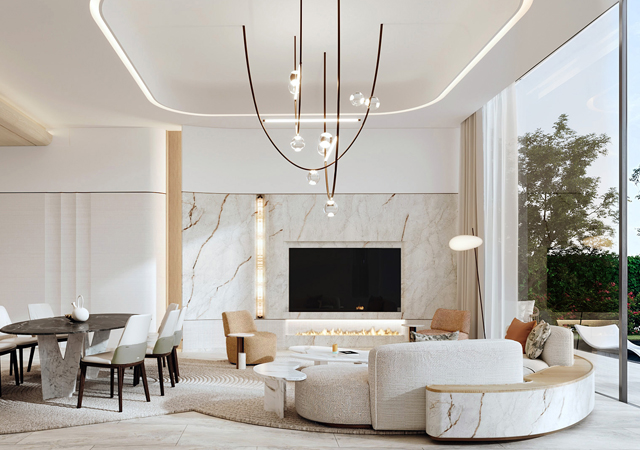
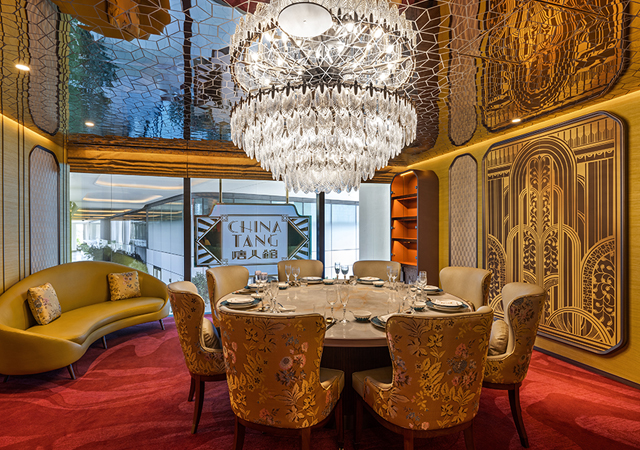
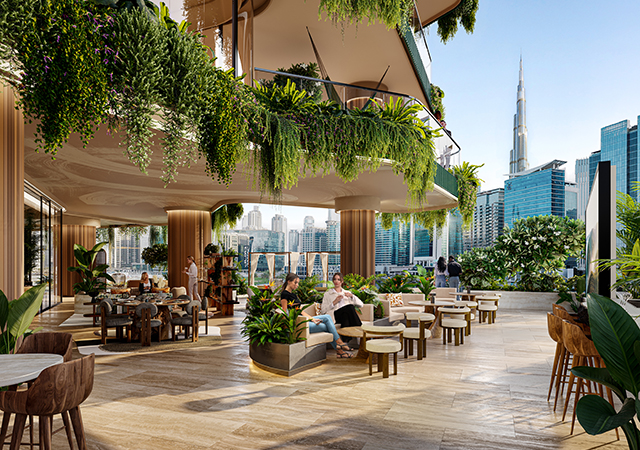
.jpg)




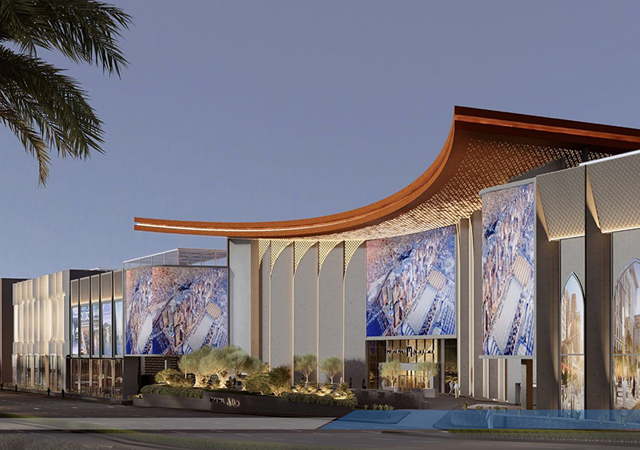
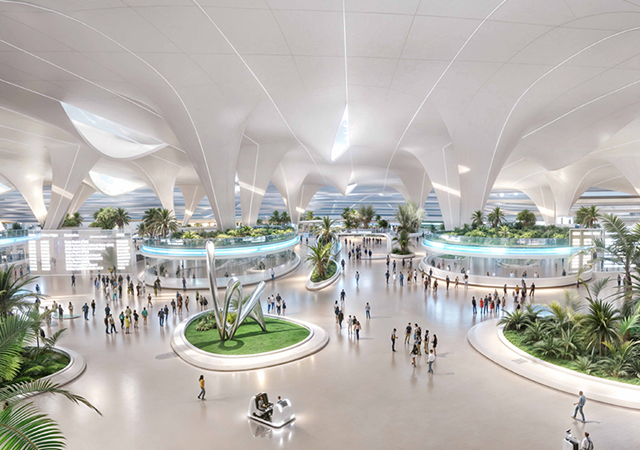
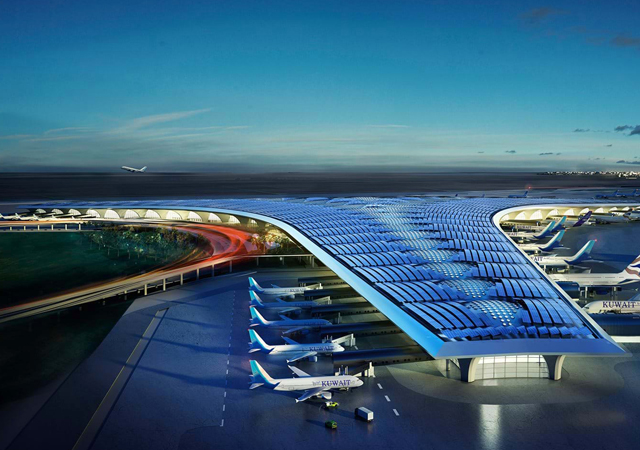
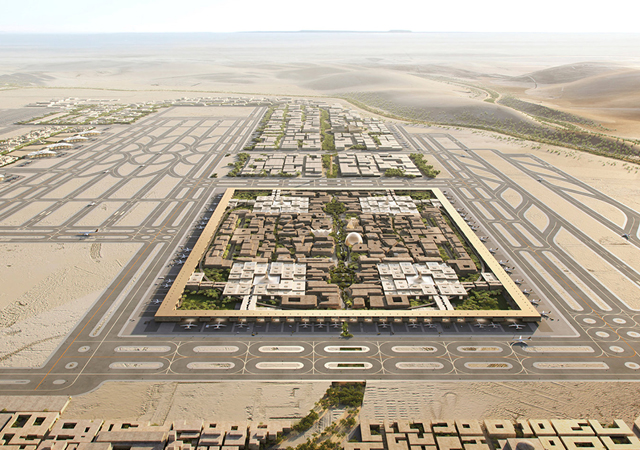
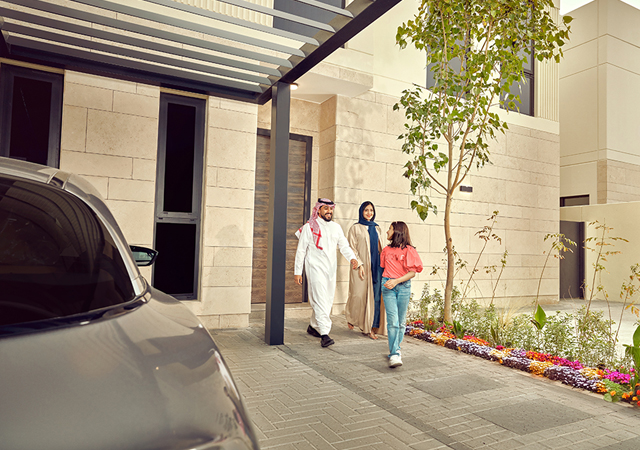
.jpg)
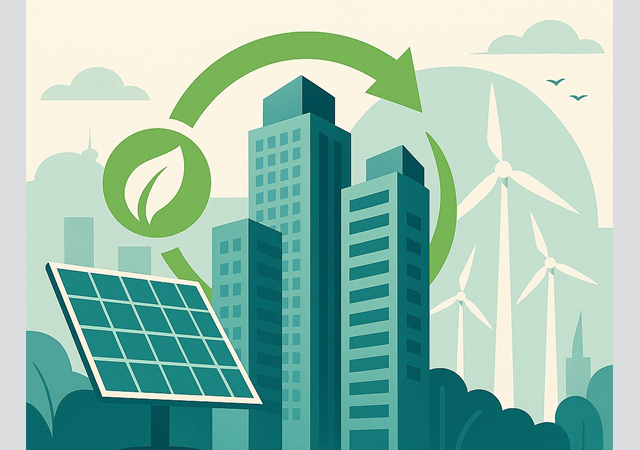
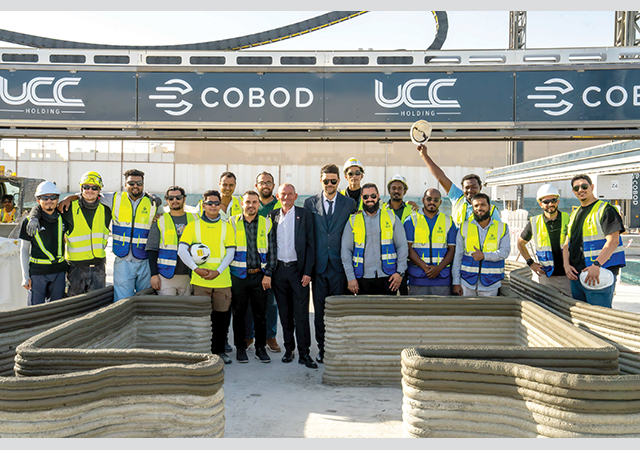
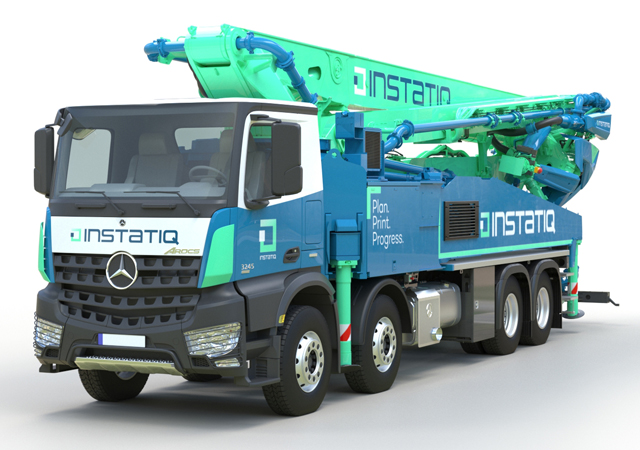
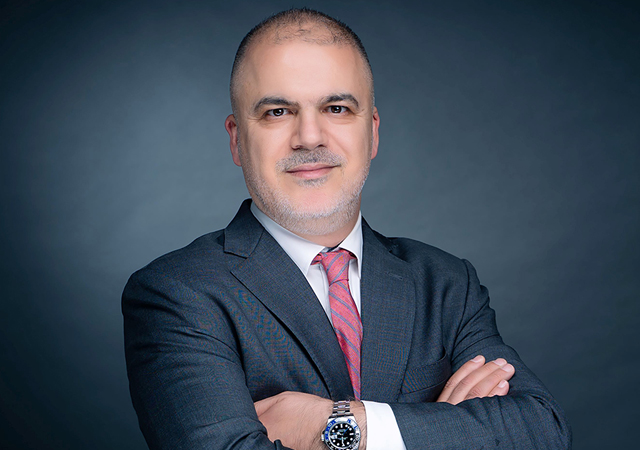
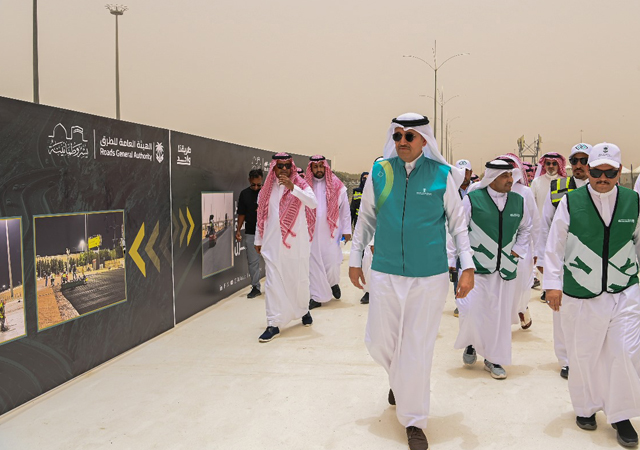
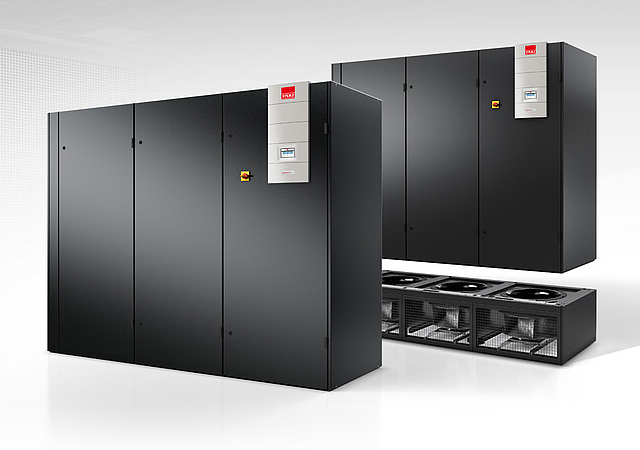
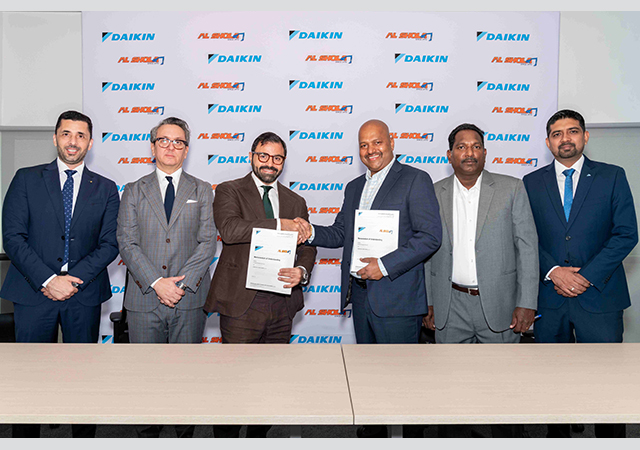

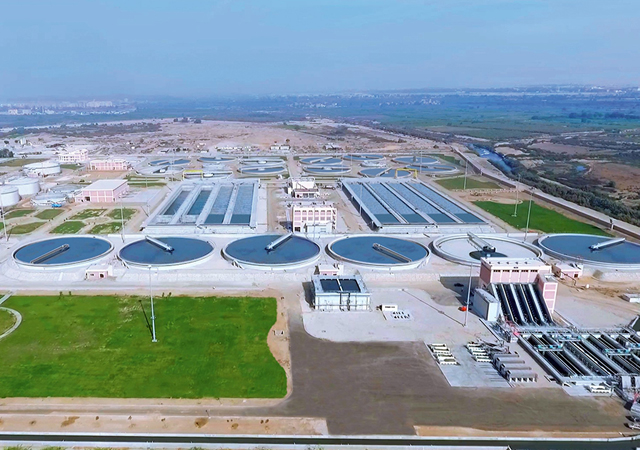
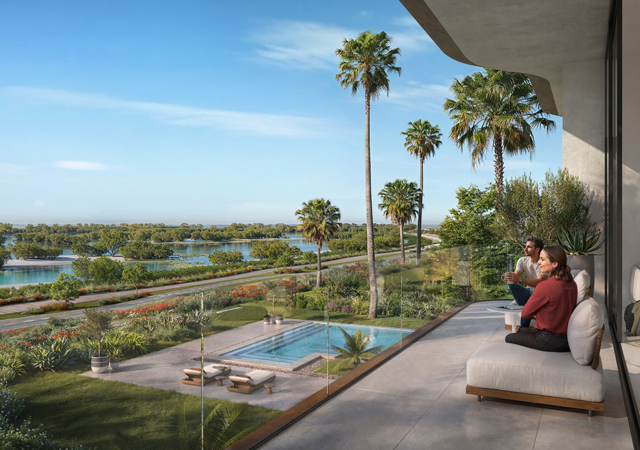
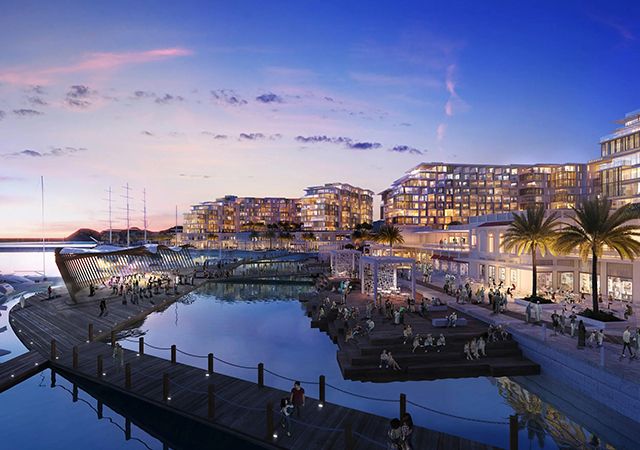

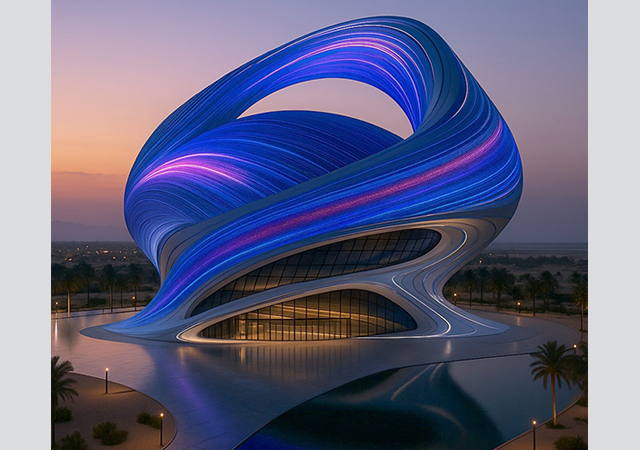
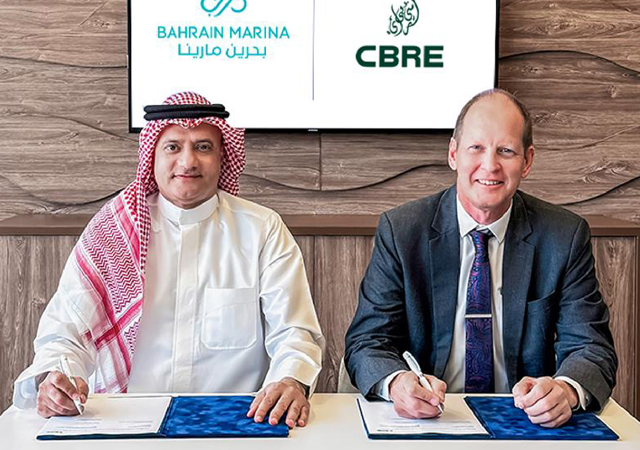
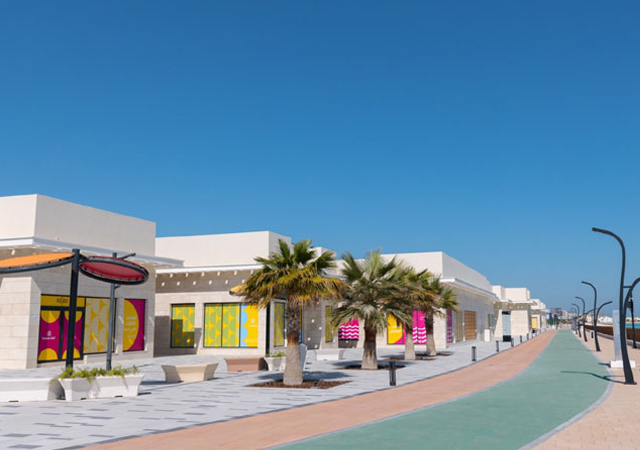
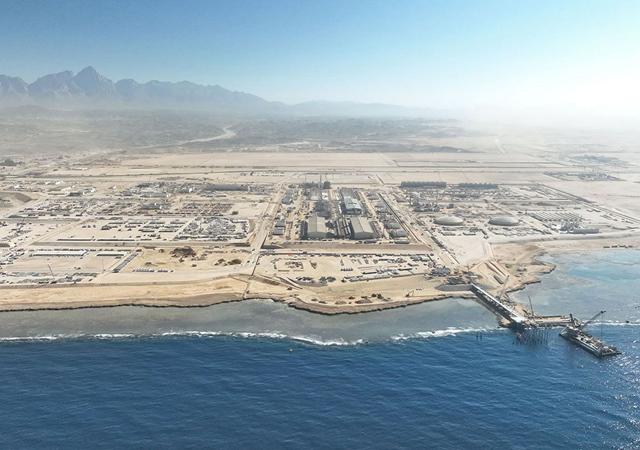
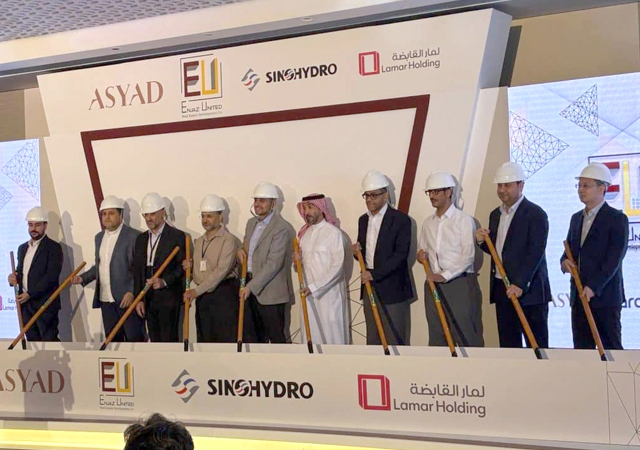
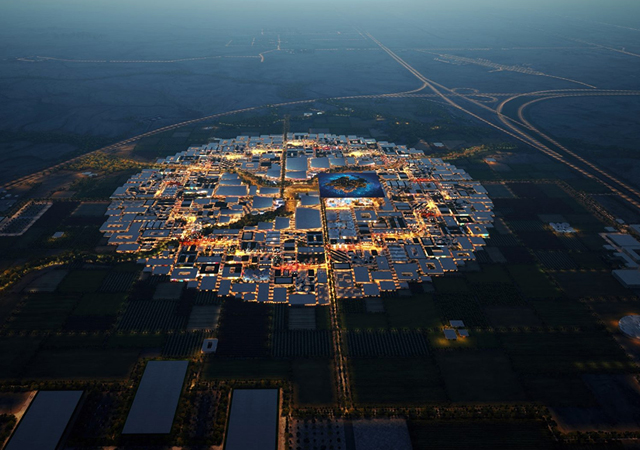
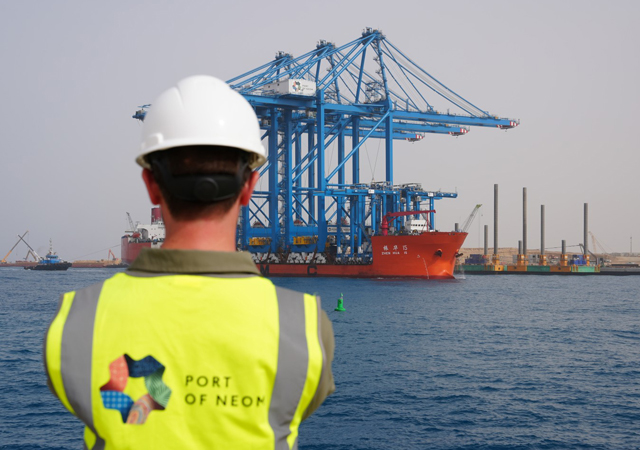
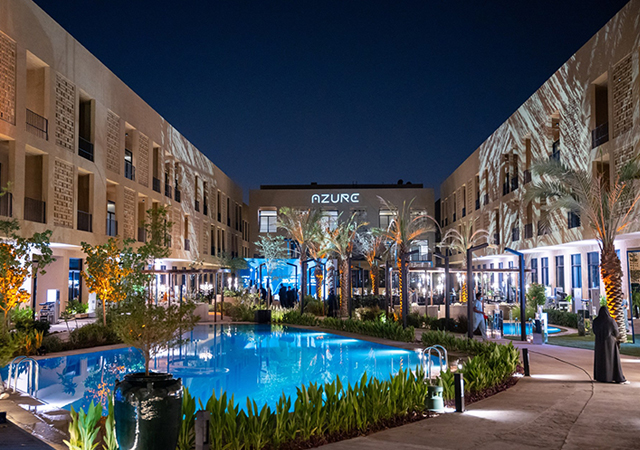
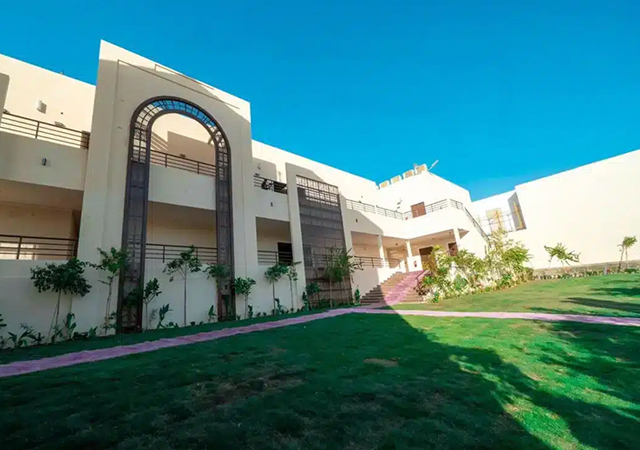

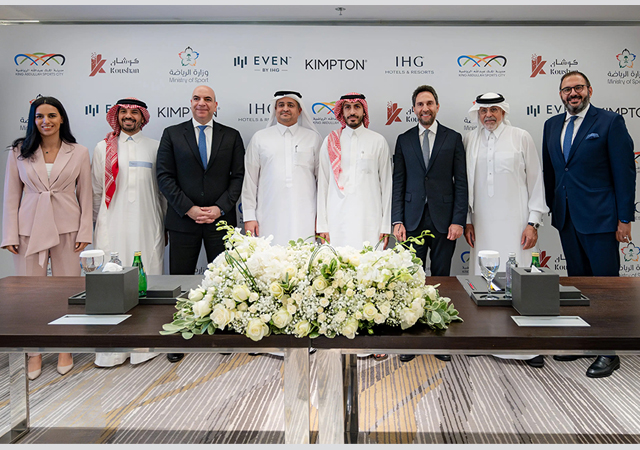
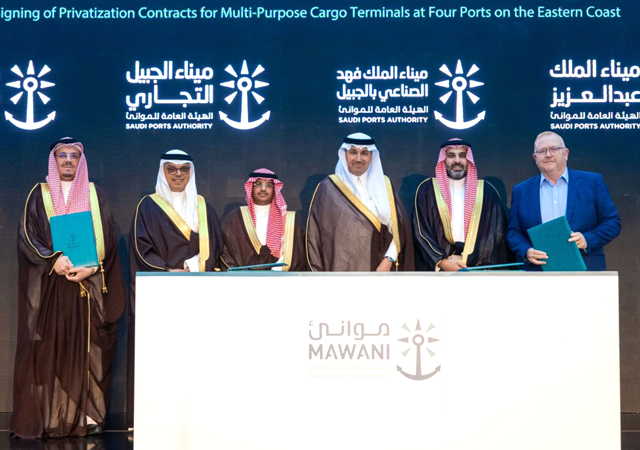
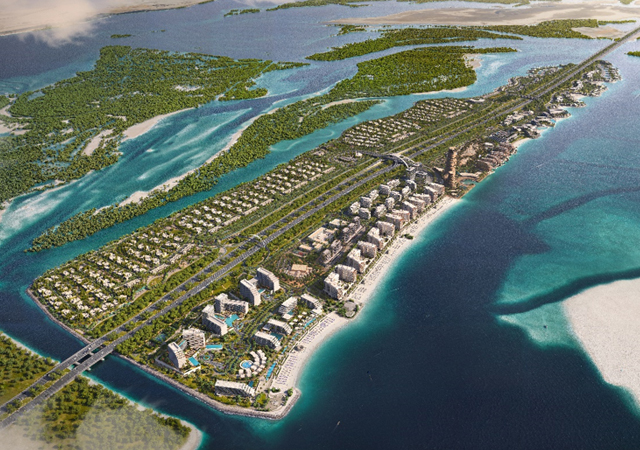
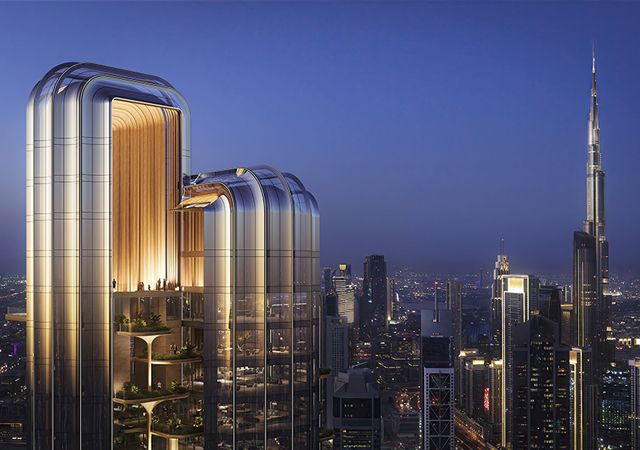
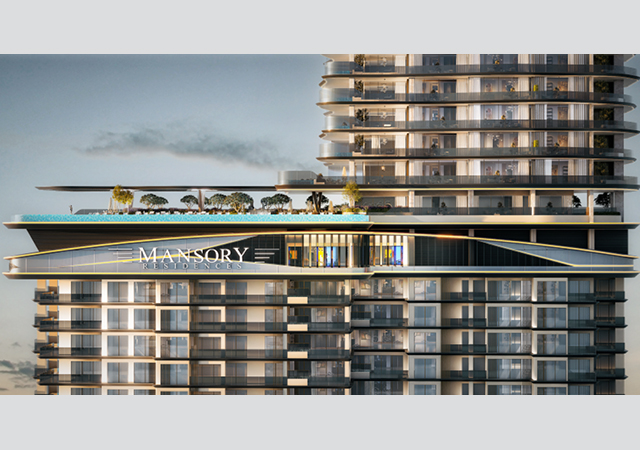
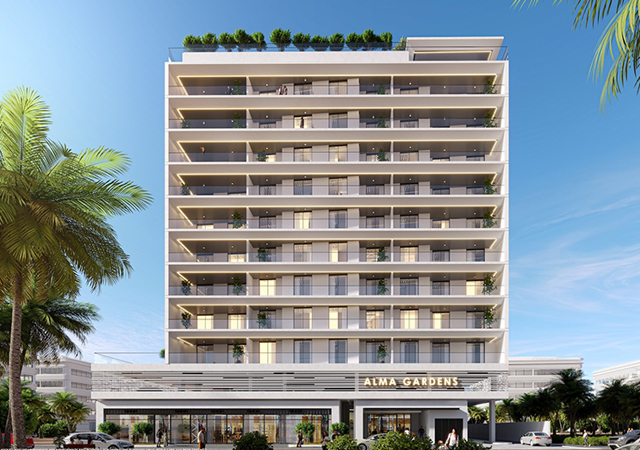

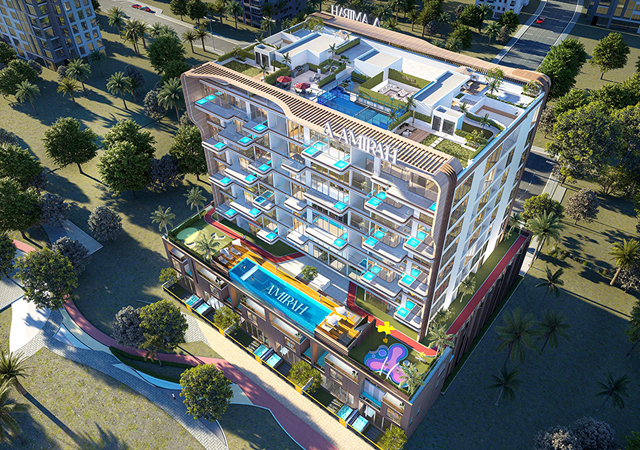
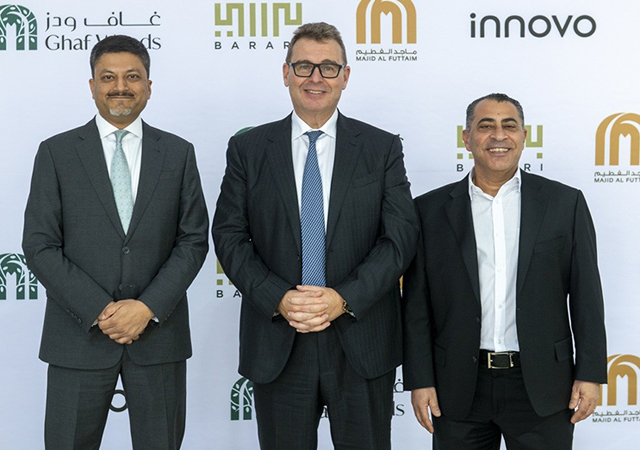
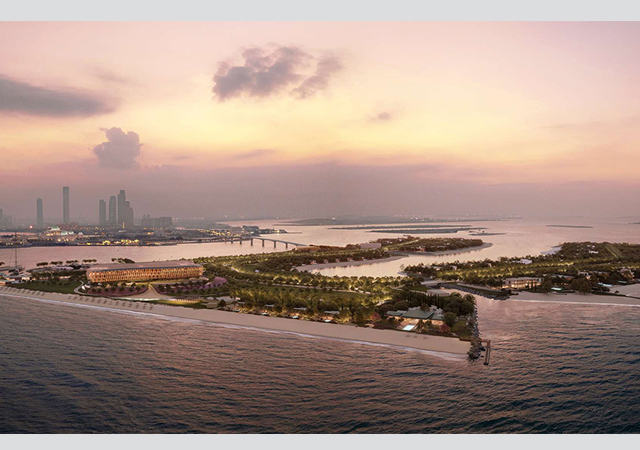
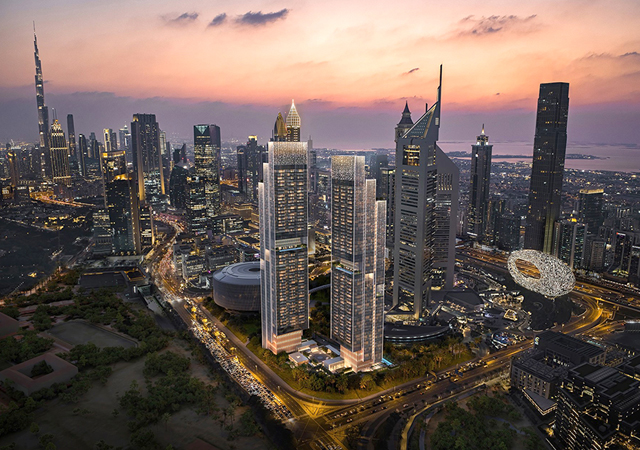
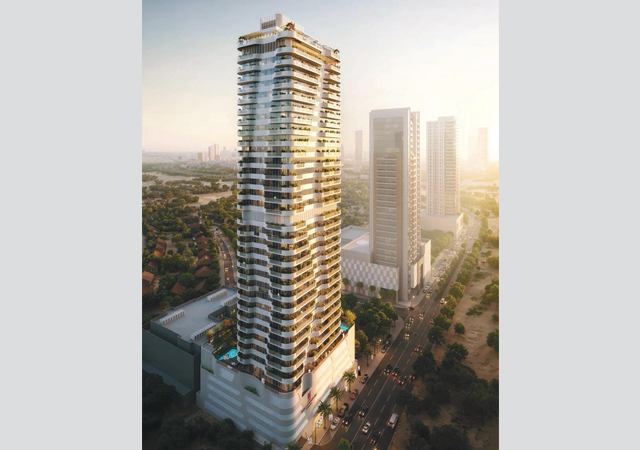
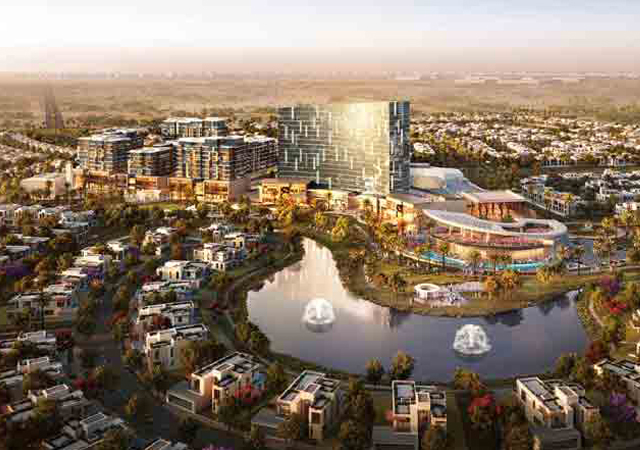
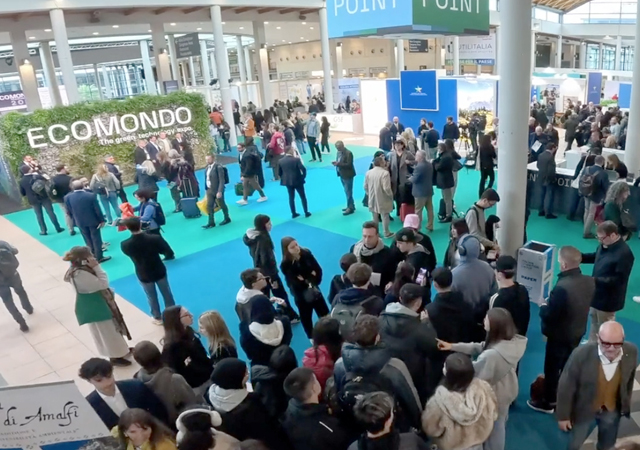
.jpg)











